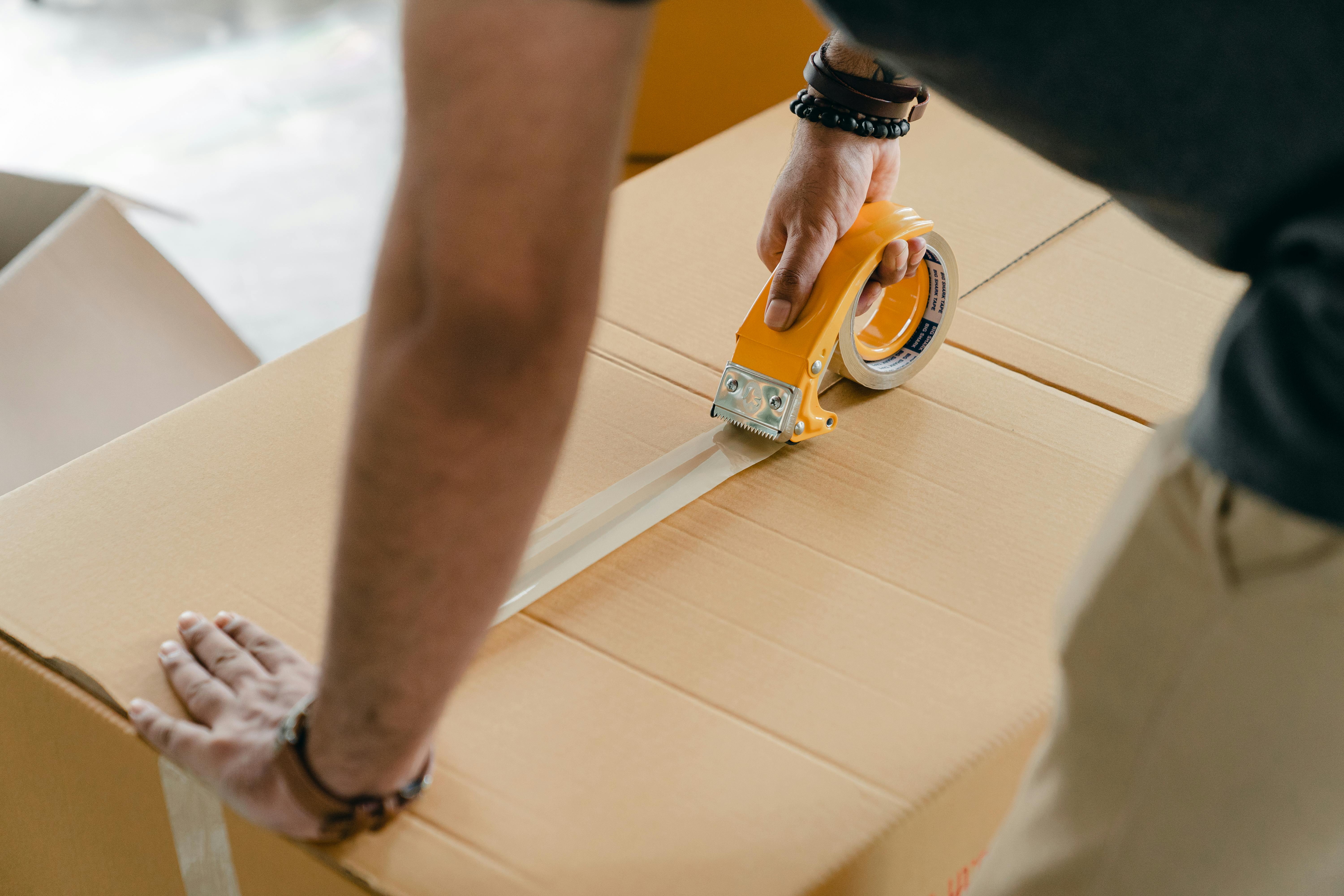Sometimes to understand the future we have to have some historical perspective.
We often forget that before the 19th century and before the industrial revolution, almost all offices were small offices and/or home offices, with very few exceptions. Now that small businesses and freelancers represent the backbone of today’s economy, it seems that history is repeating itself.
The US economy is no longer dominated by giant corporations. The US Small Business Administration (SBA) reports that 99% of all independent businesses employ fewer than 500 people. This represents 52% of the US workforce according to the SBA.
Furthermore, by the end of 1999, the service sector had grown to 104.3 million jobs, representing 81% of non-agricultural employment, and the goods-producing sector, which includes manufacturing, construction, and mining, it represented 25.2 million jobs, or just 19%. of non-agricultural employment.
I don’t know how many agriculture-related jobs there are, but I do know that 81% and 19% add up to 100%.
This tells me that since at least the year 2000, probably more than 80% of jobs are now service related and less than 20% of us are employed in manufacturing. That means that, as a nation, we no longer manufacture much. Can you say trade deficit?
We no longer have an industrial economy, any more than we will ever have an economy based on agriculture.
The advent of the personal computer in the mid-1990s, along with advances in voice and data communication, created opportunities for businesses to decentralize and allowed a return to the small office trend.
Since the end of the 20th century, the term “SOHO”, an acronym for “Small Office/Home Office” has been used to define this important business niche.
New technologies will continue to create a demand for people who work from home or in a virtual office. Many people are now employed as consultants, independent contractors, or organized as small business entities with highly specialized services designed to outsource projects to larger companies, often not even in a specific industry or country.
The SOHO or virtual online office is no longer just for consultants and independent contractors. Members of many other occupational ranges, and especially online business owners, now help to understand this diverse sector.
A wide variety of products and services are also designed specifically for the “SOHO” market. Many books are published specifically targeting this business model, from general business advice to guides to setting up fairly sophisticated computer systems, telecommunications systems, and Internet and Intranet systems.
The small business entrepreneur has generally demanded and generally always benefited from high technology, which allows small businesses to be competitive.
So if you don’t own a farm, you’ll likely work in the service sector in the future, and quite possibly from your home office. This is probably true of most other developed countries as well, due to an increasingly underemployed labor force and shrinking labor markets.
The online virtual office is here to stay and is for anyone who rarely needs an office. If you have a laptop with wireless connectivity, you can be lucky enough to work almost anywhere, if you have access to the Internet.
But let’s go one step further for those who dream of living wherever they want and working online from anywhere. The work is no longer necessarily site-specific.
Is it really just a dream? Not anymore.
More and more people are discovering that with technology becoming more affordable, reliable VoIP services, video conferencing and messaging services around the world, at one point or another they may find themselves working from a beach or a mountaintop…and in some cases may rarely have to reappear in the traditional office.

